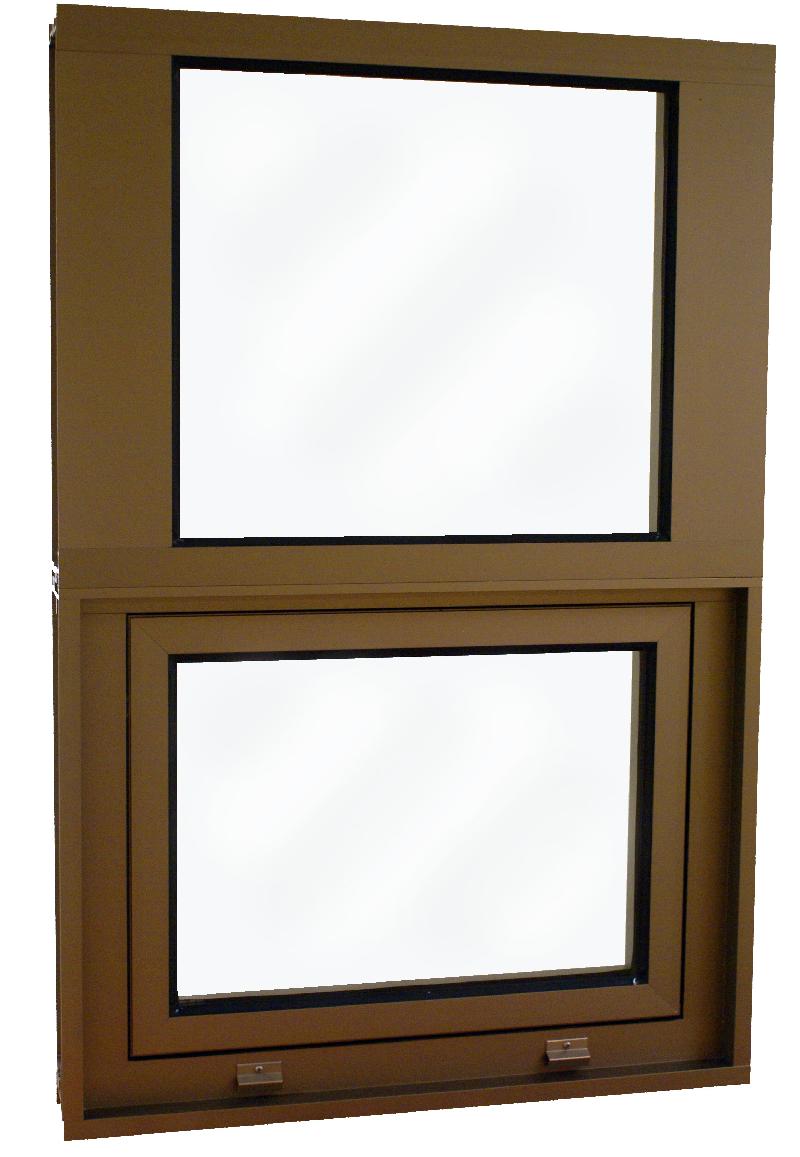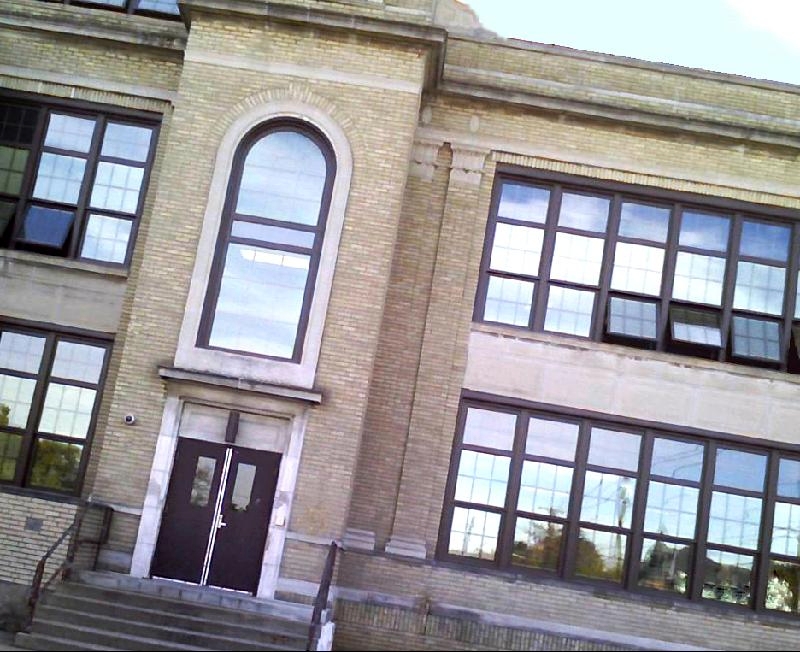 Perhaps no action demonstrates social responsibility and environmental stewardship more profoundly than respectful modernization of a classic architectural masterwork. Replacement of existing single-glazed double-hung windows is often a part of the renovation plan for historically-influenced buildings. Perhaps no action demonstrates social responsibility and environmental stewardship more profoundly than respectful modernization of a classic architectural masterwork. Replacement of existing single-glazed double-hung windows is often a part of the renovation plan for historically-influenced buildings.
Before dependable artificial lighting was available, architects used natural daylighting features such as high ceilings, tall windows, atriums and light wells to flood interior spaces with sunlight. In today's environmentally-conscious market, building owners and facility managers are looking to upgrade energy performance as well.
Existing double- or triple-hung sash were often counter-balanced with lead weights in jamb cavities, to assist operation. These weights are removed, along with sash, as the first step in replacement. If replaced "in kind" with new double-hung windows, block-and-tackle or spring-assisted spiral balances are required. However, new insulating glass is more than twice as heavy as the original single glazing.
This combination of large sash and heavier insulating glass can increase sash operating force beyond the occupants' abilities. Stretched to the limits of weight and vertical travel, commercially-available balances can exhibit durability and safety issues. The prevalence of such issues has led many specifiers to select simulated double-hung projected windows as replacements.
 As the name implies, projected windows "project" from the plane of the wall, either inward or outward, and are available as awnings, hoppers or casements. The easy-to-operate friction hinges open with a push or pull motion, rather than heavy lifting. Projected windows close tightly using compression seals, rather than sliding wool pile weatherip. Of course, new aluminum windows incorporate thermal barriers for improved energy efficiency and condensation resistance.
To maintain the existing architectural aesthetic, projected windows are available with offset glass planes to replicate existing double-hung sash. Designed especially for punched openings, or multiple openings with accent mullions, they are ideal for renovation applications. Decorative "ogee" or "reverse cove" panning and muntin profiles are included in the repertory of historic design choices.
In some cases, sightlines are kept equal at upper and lower lites, matching existing sash. Other times, designers look to minimize frame sightlines for larger daylight openings, within the limits of adequate insulating glass support.
Hardware selection for tall windows, whether hung or projected, must be approached with ease-of-use and access in mind. Factors such as size, sill height, meeting rail location, window treatments, screens, and window well depth can dictate awnings versus hoppers, or in-swing versus out-swing casement vents. Fortunately, projected windows generally can handle more glass weight than the balances in hung windows, allowing the use of architecturally-flat 6mm-thick glass.
 The unique logistical considerations of replacement projects can be impacted considerably by the extent of work required, as well as the early decision on exterior or interior access. Comprehensive drawings and specifications ensure complete and competitive bids. Samples installed in an easily accessible on-site location offer first-hand experience in field measuring, removal and replacement logistics, and demonstrate operating characteristics of new windows to occupants.
Steve Gille, Wausau's education market manager, is available as an architectural support resource, and can be reached at education@wausauwindow.com |